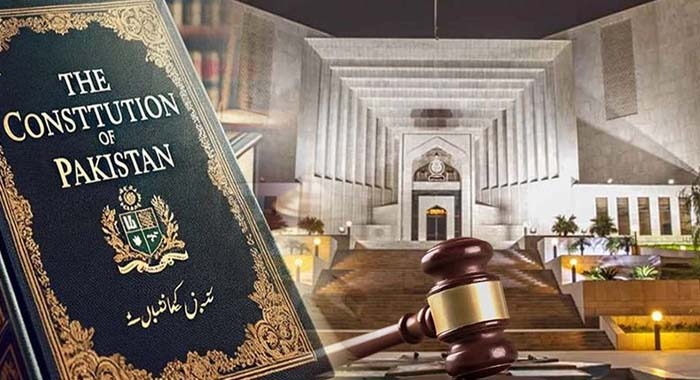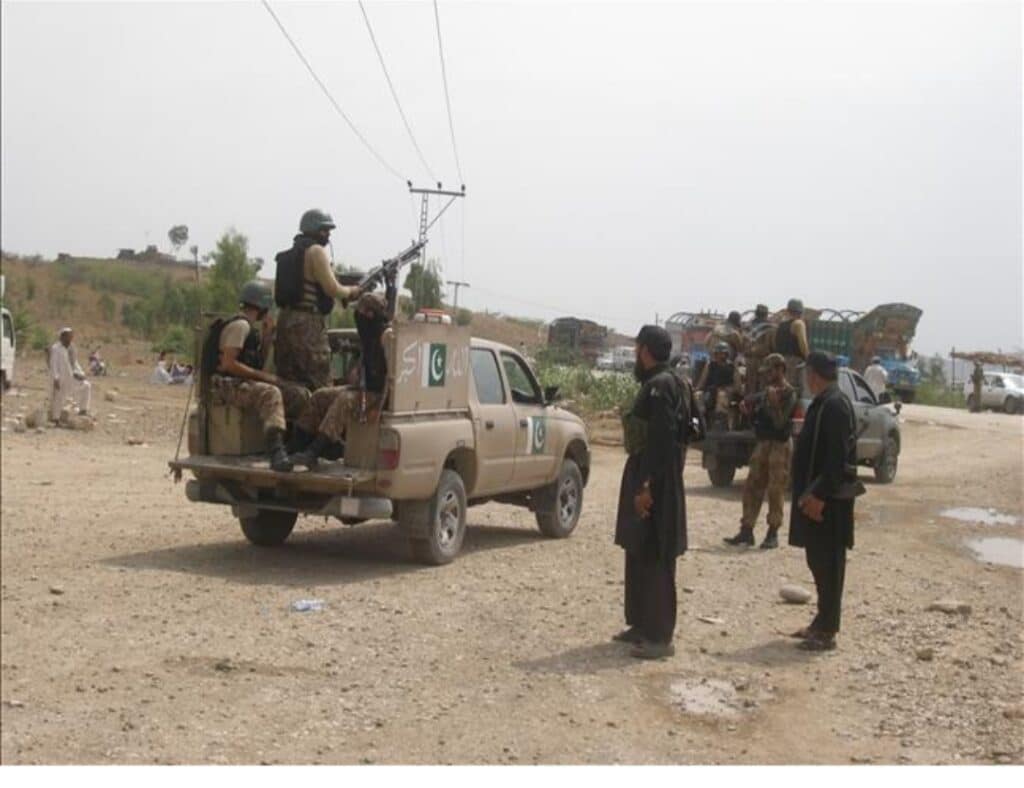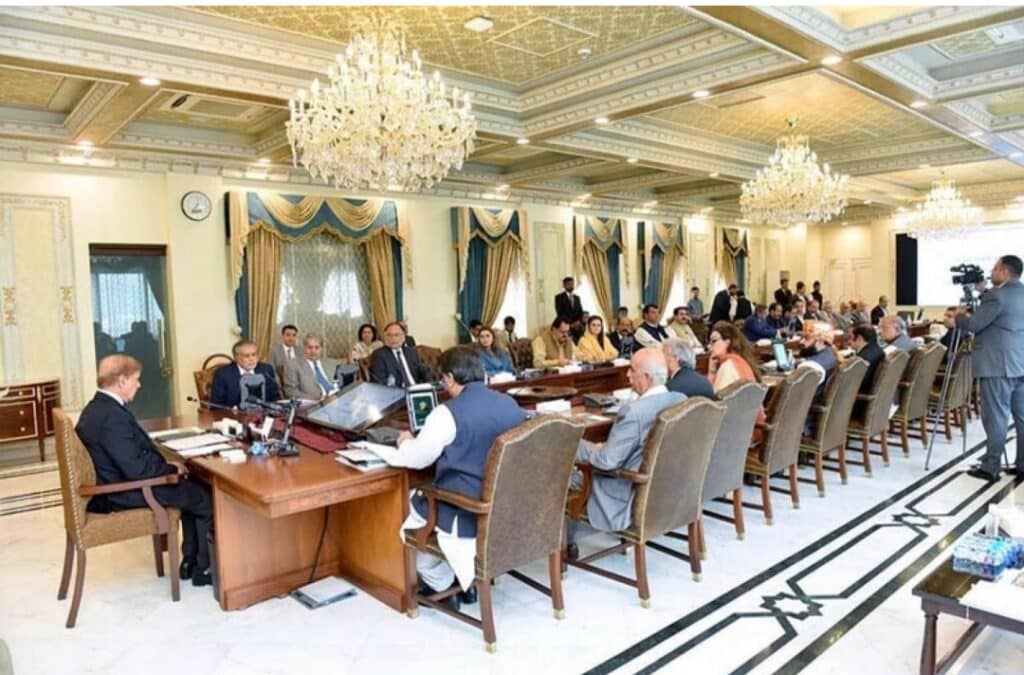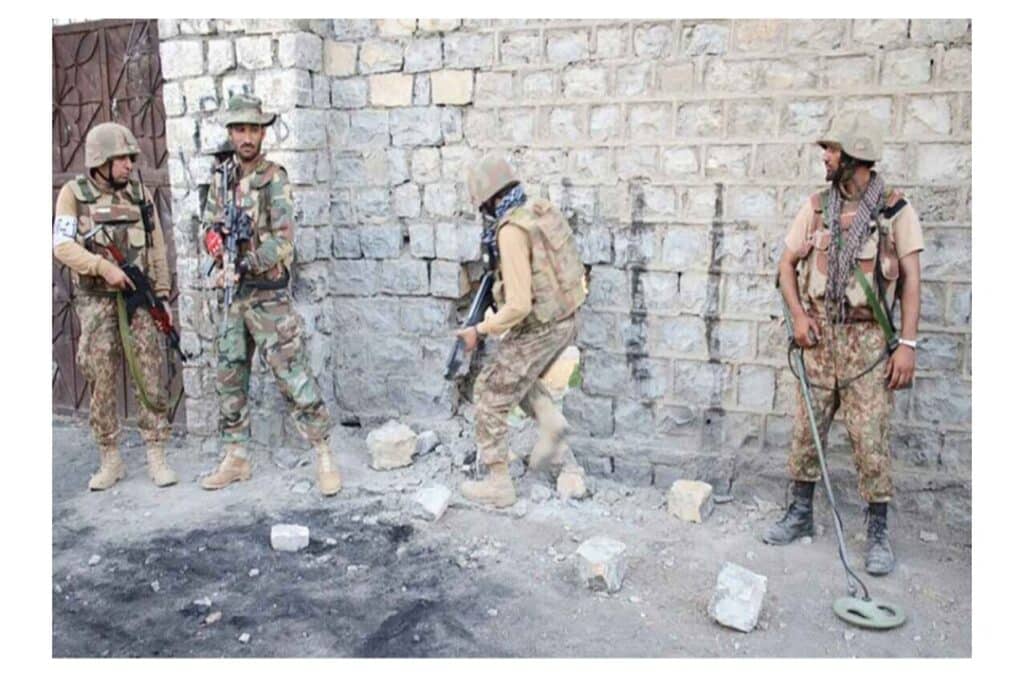The 27th Constitutional Amendment Bill (2025) has sparked intense debate over its proposed restructuring of Pakistan’s judicial and defence command systems. Much of the controversy, however, stems from misconceptions rather than the actual constitutional language particularly regarding the changes to Article 243, which governs the command and control of the armed forces.
Under the proposed amendment, the post of Chairman Joint Chiefs of Staff Committee (CJCSC) will be abolished, and the Chief of the Army Staff (COAS) will also assume the title of Chief of Defence Forces (CDF). The Prime Minister, as before, remains the appointing authority for all service chiefs and the Commander of the National Strategic Command (NSC). The bill further introduces honorary five-star ranks—Field Marshal, Marshal of the Air Force, and Admiral of the Fleet whose privileges and removal are clearly defined under Articles 47 and 248.
Critics have rushed to frame the amendment as an attempt to politicize defence policy, centralize power, or create lifetime military positions. Yet a closer reading of the proposed Article 243 reveals that none of these claims hold up to constitutional scrutiny.
The first reality is one of continuity. Article 243 still opens with the declaration that “the Federal Government shall have control and command of the Armed Forces.” This unambiguous phrasing ensures that civilian supremacy remains intact. The Prime Minister’s authority over defence appointments is unchanged, while the President continues to act only on the Prime Minister’s advice, maintaining the existing chain of constitutional accountability.
Equally misplaced is the fear that the amendment politicizes Pakistan’s nuclear command. The National Command Authority (NCA), chaired by the Prime Minister, remains the supreme body overseeing nuclear decision-making, with the Strategic Plans Division (SPD) continuing its operational role. The amendment merely codifies this structure, providing clarity rather than altering command.
The transformation of the CJCSC into the CDF marks a functional modernization, not a concentration of power. It reflects the global shift toward joint operational doctrines that emphasize coordination among the three services in hybrid and multidomain warfare. Comparable structures exist in other democracies such as the United States, India, and the United Kingdom, where similar “chief of defence” positions strengthen—not undermine—civilian control through clearer lines of responsibility.
The proposed Field Marshal clause, too, has been widely misunderstood. Articles 243(7–11) simply outline the protocol for an honorary rank, not an executive office. Holders of such ceremonial titles remain subject to the same constitutional limits on tenure and removal as the President, eliminating any notion of unchecked authority.
Far from undermining institutional balance, the amendment reinforces it. Each service branch retains full operational autonomy within its respective domain, while the CDF’s role is confined to strategic coordination. This integration enhances clarity in command during national crises, replacing the ad hoc mechanisms that have often complicated Pakistan’s security management in the past.
In practical terms, the reform provides three key benefits. It brings strategic clarity by aligning Pakistan’s command structure with the demands of modern warfare; it ensures legal precision by defining roles that were previously implied but not codified; and it strengthens political accountability by keeping all appointments within the Prime Minister’s constitutional prerogative.
Much of the uproar surrounding Article 243 thus appears to be driven more by political conjecture than by constitutional reasoning. The 27th Amendment is not a power grab it is an institutional modernization designed to enhance coherence, accountability, and transparency in Pakistan’s defence management. In redefining roles without disturbing civilian supremacy, it represents not a departure from democracy, but its evolution.





